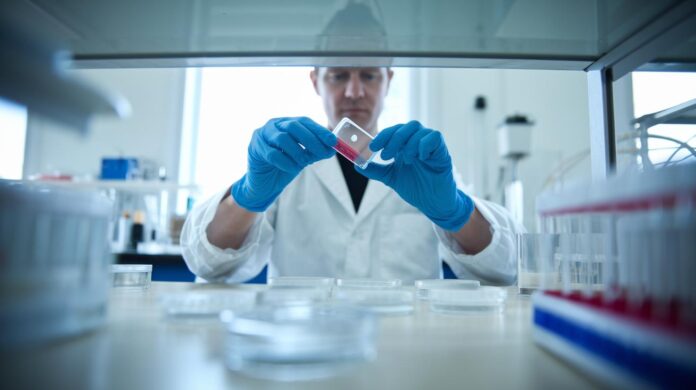Can CRISPR technology, with its promise of precision in gene editing, truly eradicate genetic diseases like cystic fibrosis and sickle cell anemia? This innovative tool, capable of altering specific DNA sequences, has stirred hope and controversy alike. While some view it as a groundbreaking leap in eradicating inherited conditions, others raise ethical concerns over its far-reaching implications. As scientists delve into the mechanics of CRISPR-Cas9, this article explores the potential applications, real-world successes, ethical debates, and future prospects of this revolutionary genetic editing technology. The ongoing research and clinical trials present a glimpse into a future where genetic predispositions might be rewritten.
Understanding CRISPR Technology and Its Potential in Genetic Disease Treatment
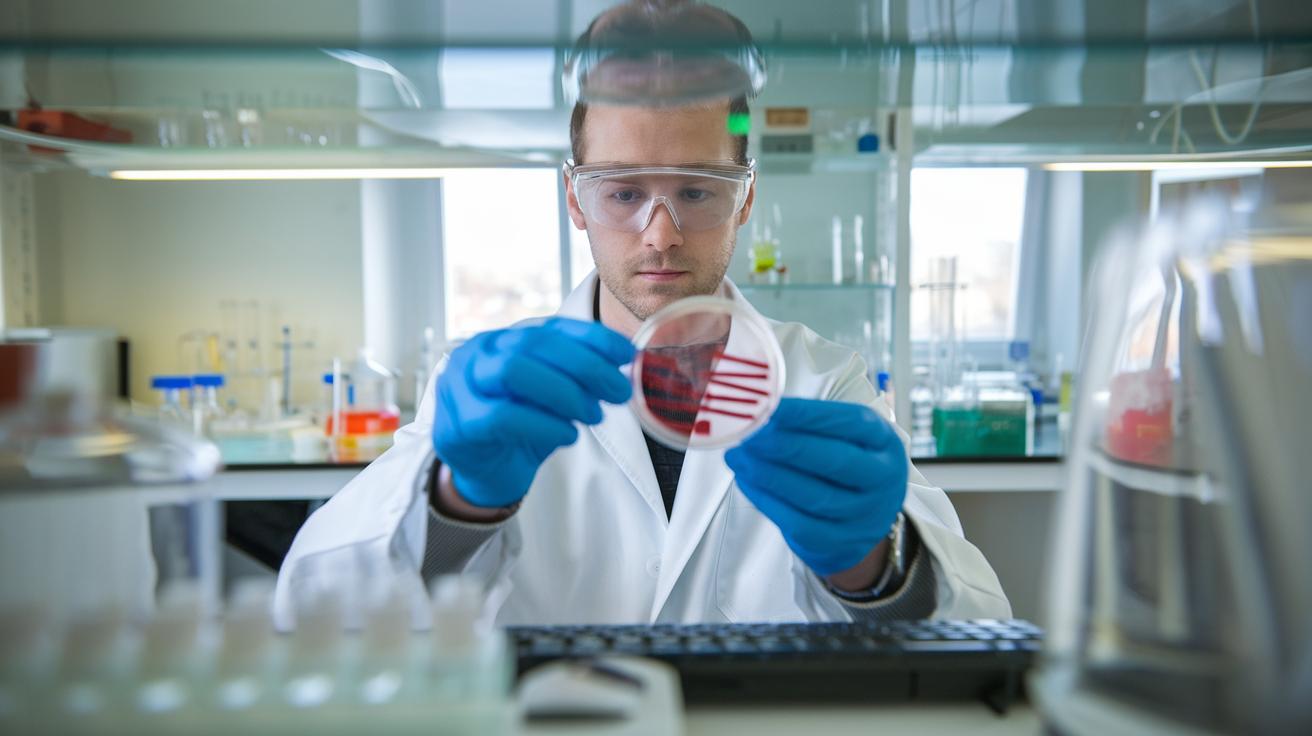
CRISPR technology, particularly CRISPR-Cas9, represents a groundbreaking advancement in gene editing, offering unprecedented precision in DNA modification. This tool allows scientists to target specific genetic sequences within the DNA of living organisms, facilitating the correction or removal of faulty genes. The applicability of CRISPR extends across various genetic diseases, where it offers the potential to not only treat but potentially eradicate conditions at the genetic level.
CRISPR-Cas9 operates by employing a guide RNA to direct the Cas9 enzyme to a precise location within the DNA, where it then makes a cut. This cut either disables a faulty gene or allows for the insertion of a corrected sequence through natural cellular repair processes. By accurately altering the genetic code, CRISPR-Cas9 can effectively address mutations responsible for genetic diseases, offering a promising avenue for therapeutic development.
The potential applications of CRISPR in treating genetic diseases are vast, with several conditions already identified as targets for this transformative technology. Among these are:
- Cystic fibrosis
- Sickle cell anemia
- Muscular dystrophy
- Huntington's disease
- Hemophilia
Through ongoing research and development, CRISPR technology continues to advance, promising new treatment strategies for a multitude of genetic disorders. As scientists refine these methods, the possibility of a future where genetic diseases are effectively managed or even eradicated becomes increasingly tangible.
Real-World Applications and Success Stories of CRISPR
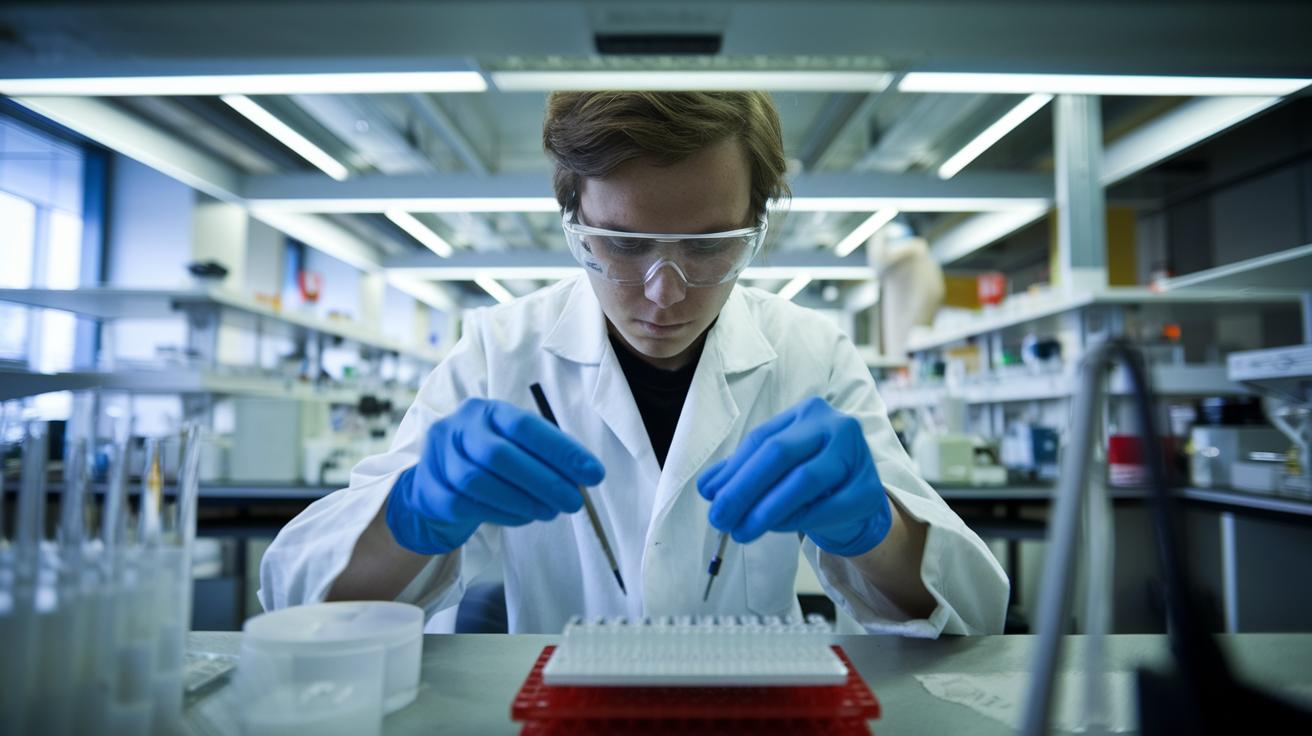
CRISPR technology has demonstrated significant potential in laboratory settings for the correction of genetic mutations, offering hope for a range of genetic diseases. It has been employed effectively to address mutations in conditions such as cystic fibrosis and muscular dystrophy. By precisely targeting and modifying faulty genetic sequences, CRISPR allows for the restoration of normal gene function, which could lead to effective treatments or even cures. This precision in genetic editing holds promise for translating these lab successes into viable clinical interventions, paving the way for innovative therapies that could alter the landscape of genetic medicine.
Clinical trials utilizing CRISPR have further showcased its potential, particularly in the treatment of blood disorders like beta-thalassemia and sickle cell disease. These trials have reported promising outcomes, with some patients experiencing substantial improvements in their condition. The ability of CRISPR to target and correct specific genetic mutations in these trials underscores its potential to revolutionize treatment protocols for genetic diseases. The clinical evidence emerging from these trials highlights CRISPR's role in advancing genetic medicine, offering a glimpse into a future where gene editing could become a standard therapeutic approach.
Case Study: Sickle Cell Disease
The success of Casgevy, a CRISPR-Cas9-based gene therapy, in treating sickle cell disease exemplifies the transformative power of this technology. Approved in the UK, US, and conditionally in Europe, Casgevy marks a pioneering step in editing human DNA to cure inherited disorders. It functions by reactivating fetal hemoglobin production, which compensates for the defective adult hemoglobin in patients, leading to notable improvements. Clinical trials have reported significant reductions in vaso-occlusive crises, a common symptom of sickle cell disease, demonstrating the therapy's efficacy. Despite challenges related to access and cost, Casgevy's success signifies a milestone in the application of CRISPR technology to real-world genetic disease treatment.
Challenges and Ethical Considerations of Using CRISPR
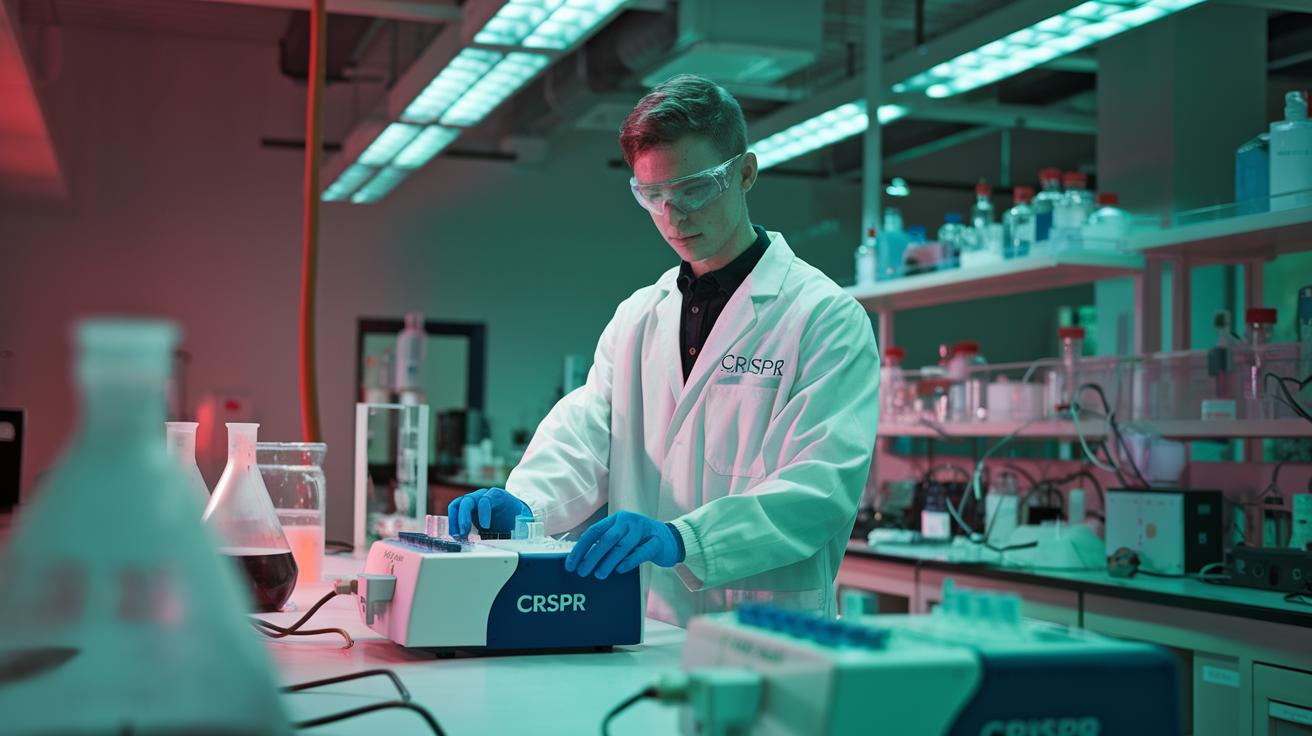
CRISPR technology, while promising, presents significant technical challenges that must be addressed to realize its full potential in eliminating genetic diseases. One of the primary concerns is off-target effects, where CRISPR-Cas9 may inadvertently edit parts of the genome that were not intended to be altered. This can lead to unintended genetic changes, potentially causing harmful mutations or other unforeseen consequences. Precision in targeting the specific DNA sequence is crucial to avoid these off-target effects, and ongoing research aims to enhance the accuracy of CRISPR editing. Despite advancements, achieving absolute precision remains a substantial hurdle in the safe application of CRISPR technology.
Ethical considerations surrounding CRISPR are profound, particularly in the realm of germline editing, which involves making changes to the DNA of embryos that can be inherited by future generations. This raises significant moral and societal questions regarding consent, the potential creation of "designer babies," and issues of genetic equity. Germline editing could impact human evolution, warranting a cautious approach to its implementation. The prospect of altering human DNA at such a fundamental level demands rigorous ethical scrutiny to ensure that the technology is used responsibly and equitably.
Regulatory frameworks are essential to guide the development and application of CRISPR technology, balancing innovation with safety and ethical responsibility. Experts emphasize the need for robust oversight to manage the potential risks and societal implications associated with CRISPR. Establishing clear guidelines and policies will be crucial in addressing the ethical and technical challenges posed by gene editing. Collaboration among scientists, ethicists, policymakers, and the public is necessary to navigate the complex landscape of CRISPR technology, ensuring that its use aligns with societal values and ethical principles.
- Germline editing and its impact on future generations
- Potential creation of "designer babies"
- Issues of genetic equity and access
- Informed consent for genetic modifications
The Future Prospects of CRISPR in Medicine
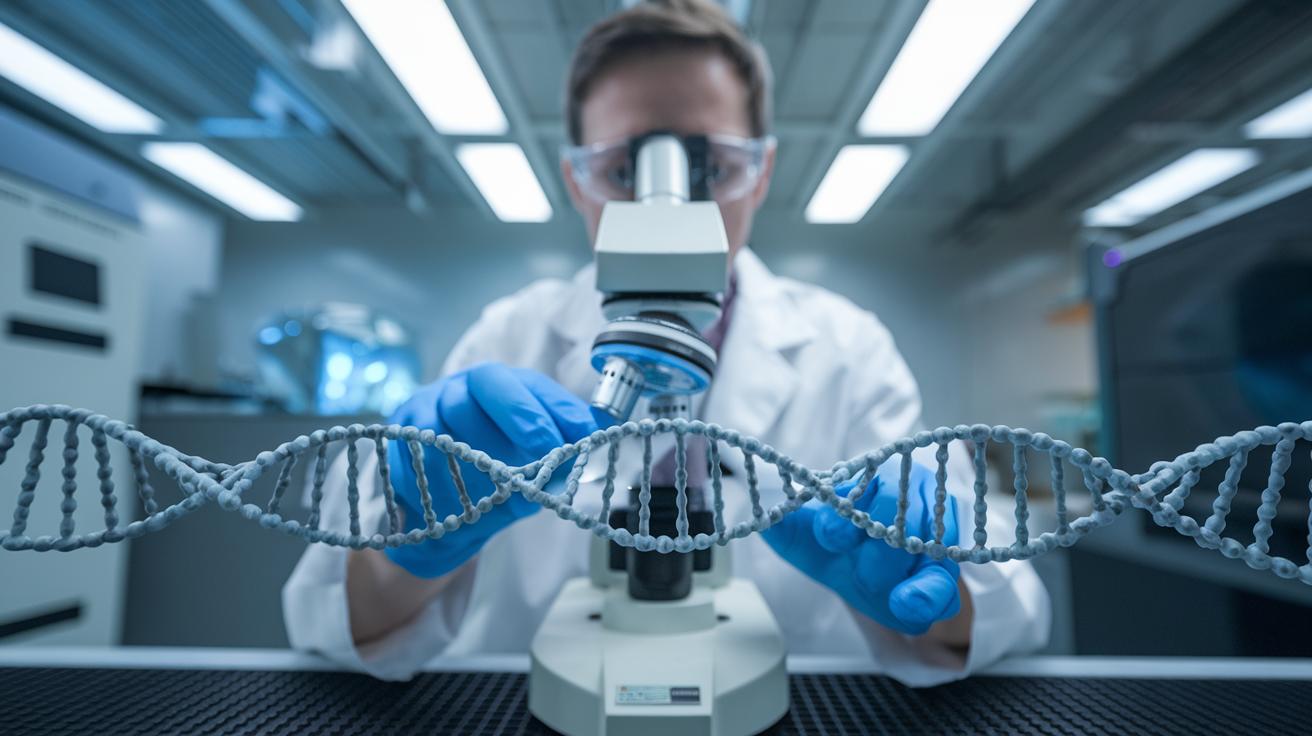
CRISPR technology holds immense promise for the future of medicine, with ongoing research focusing on enhancing its precision and safety. As scientists work to refine CRISPR-Cas9 to minimize off-target effects, the potential for its application in genetic medicine continues to grow. Experts anticipate that CRISPR could revolutionize the treatment of genetic diseases by enabling precise editing of faulty genes, thus offering new therapeutic avenues. The technology's transformative potential is tempered by the necessity for cautious development and stringent ethical oversight to ensure responsible use in clinical settings.
Current research efforts aim to expand CRISPR's applicability across various medical fields, highlighting the need for improved accuracy and broader understanding of its implications. Key areas of research involve the development of more sophisticated delivery systems, the exploration of alternative gene-editing techniques, and the examination of long-term effects in treated organisms. These investigations are critical for advancing CRISPR's role in medicine, ensuring its safe integration into therapeutic protocols, and addressing ethical considerations associated with genome editing.
| Research Area | Anticipated Impact |
|—————————-|—————————————————-|
| Delivery Systems | Improved targeting and reduced side effects |
| Alternative Editing Techniques | Increased specificity and reduced off-target effects |
| Long-term Effects | Understanding of safety and efficacy over time |
| Ethical and Regulatory Frameworks | Ensuring responsible and equitable use of CRISPR |
Can CRISPR Eliminate Genetic Diseases? Promise Awaits

Clinical trials for CRISPR therapies are actively progressing, with a significant focus on treating blood disorders such as sickle cell disease and beta-thalassemia. These trials are crucial in assessing the potential of CRISPR to correct genetic mutations responsible for such conditions. Initial results have demonstrated promising outcomes, with some participants experiencing marked improvements in their symptoms. These trials not only highlight CRISPR's potential to revolutionize genetic medicine but also serve as pivotal steps in validating the safety and efficacy of these groundbreaking interventions.
The regulatory landscape for CRISPR therapies is complex and continuously evolving to address the unique challenges posed by gene-editing technologies. Regulatory bodies, including the Food and Drug Administration (FDA) and the European Medicines Agency (EMA), are tasked with developing frameworks that ensure the safe application of CRISPR while fostering innovation. These frameworks must balance the need for rigorous safety evaluations with the potential benefits of rapid therapeutic advancements. As CRISPR therapies advance, clear guidelines and policies are essential to mitigate risks and address ethical concerns, particularly around germline editing.
Experts stress the importance of maintaining a delicate balance between encouraging scientific innovation and ensuring patient safety in the development of CRISPR therapies. This involves stringent oversight and collaboration among stakeholders, including scientists, ethicists, and regulatory agencies. Through such cooperative efforts, the potential of CRISPR to eliminate genetic diseases can be harnessed responsibly, paving the way for transformative treatments while safeguarding public health and ethical standards. As the technology evolves, ongoing dialogue and adaptive regulatory measures will be vital in steering CRISPR development towards safe and effective applications in medicine.
Final Words
CRISPR technology's remarkable potential in treating genetic diseases has initiated a new era in gene editing advances. Through precise DNA modifications, CRISPR-Cas9 could notably impact conditions like cystic fibrosis and sickle cell anemia. Real-world applications and clinical successes exemplify its promise, while ethical considerations and technical challenges remain pivotal topics for the discourse on its future use.
The prospects for CRISPR in medicine are promising, with ongoing research striving for enhanced precision and safety. Can CRISPR technology be used to eliminate genetic diseases? The answer appears hopeful, yet hinges on balanced development, ethical guidelines, and robust regulatory frameworks.
FAQ
What is CRISPR?
CRISPR is a powerful gene-editing technology that allows for precise modifications of DNA sequences, potentially correcting errors and eliminating genetic diseases.
What diseases can CRISPR cure?
CRISPR shows potential in treating genetic diseases like cystic fibrosis, sickle cell anemia, muscular dystrophy, hemophilia, and beta-thalassemia.
How can CRISPR be used to treat genetic diseases?
CRISPR targets and edits specific DNA sequences in genes, correcting or removing mutations responsible for genetic diseases, and showing promising results in clinical settings.
How does CRISPR-Cas9 work to modify genes?
CRISPR-Cas9 uses a guide RNA to locate specific DNA sequences, where the Cas9 enzyme then makes precise cuts, enabling correction or deletion of genetic material.
How can CRISPR-Cas9 be tailored to target different genes?
CRISPR-Cas9 is tailored by designing guide RNAs specific to the gene of interest, directing the Cas9 enzyme to the desired DNA sequence for precise editing.
Has CRISPR been used on humans?
Yes, CRISPR has been used in human clinical trials, particularly for blood disorders like sickle cell disease and beta-thalassemia, showing promising therapeutic outcomes.
Has anyone been cured by CRISPR?
CRISPR has led to significant improvements in some patients, particularly in clinical trials for blood disorders, though complete cures are still under scientific investigation.
Can CRISPR cure cancer in humans?
CRISPR is being explored for cancer treatment, with research focusing on editing immune cells to better target and destroy cancer cells in clinical trials.
Can CRISPR be used to remove genes?
Yes, CRISPR can remove genes by creating targeted breaks in DNA, allowing cells to repair by deleting the unwanted gene sequences.
What are the innovations in using CRISPR to treat genetic disorders?
Innovations include improved precision editing, tailored guide RNAs for specific mutations, and successful clinical trials demonstrating treatment improvements in genetic disorders.
Is it possible to prevent genetic diseases using CRISPR?
CRISPR has the potential to prevent genetic diseases by correcting mutations before they manifest, but this is still under experimental research and ethical scrutiny.


